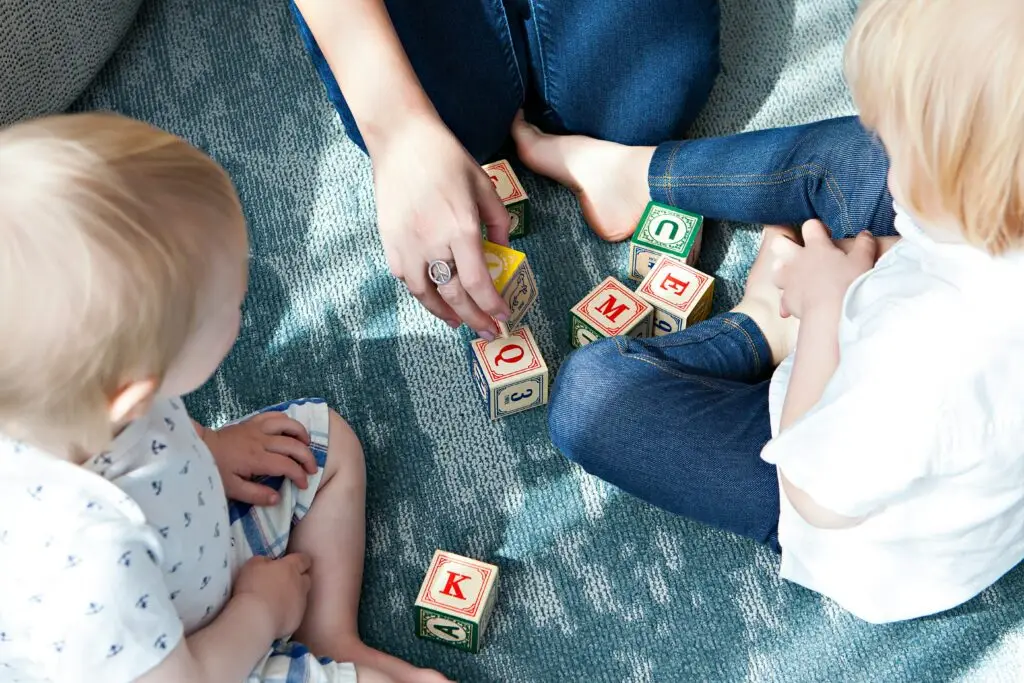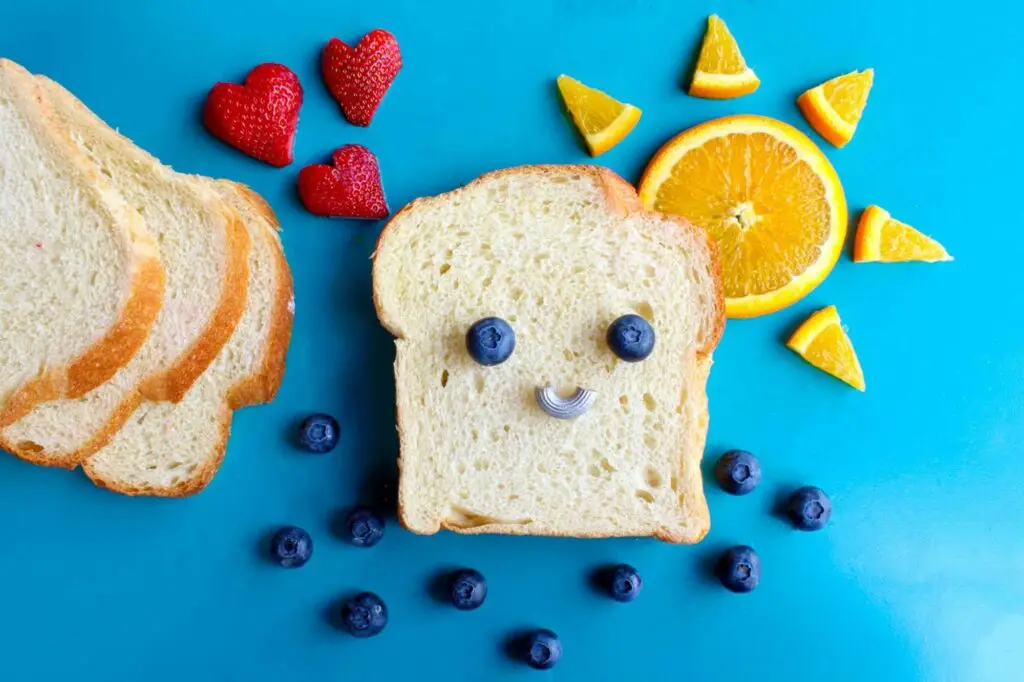Montessori Toilet Learning: A Gentle Approach to Potty Training
Potty training can be a challenging phase for both parents and children. The Montessori approach to toilet learning offers a gentle, child-led alternative to traditional methods. This article will explore how Montessori principles can make the transition from diapers to toilet use a positive and empowering experience for your child.

What is Montessori Toilet Learning?
Montessori toilet learning is based on the philosophy of Maria Montessori, emphasizing respect for the child’s natural development. Unlike conventional potty training, which often involves rewards and punishments, the Montessori approach focuses on creating an environment that supports the child’s growing independence and self-awareness.
Key principles of Montessori toilet learning include:
- Respecting the child’s readiness
- Providing a prepared environment
- Encouraging independence
- Avoiding pressure or coercion
Signs of Readiness for Toilet Learning
Before starting the toilet learning process, look for these signs that your child may be ready:
- Staying dry for longer periods
- Showing interest in the bathroom or toilet
- Communicating the need to use the toilet
- Ability to pull pants up and down
- Discomfort with dirty diapers
Remember, every child develops at their own pace. Most children show readiness between 18 months and 3 years old.
Creating a Montessori-Friendly Bathroom Environment
To support your child’s toilet learning journey, consider these Montessori-inspired bathroom modifications:
- Child-sized toilet or potty chair
- Step stool for reaching the sink
- Low mirror for self-dressing
- Easily accessible toilet paper
- Child-height hooks for towels
- Basket of clean underwear within reach
These adjustments allow your child to navigate the bathroom independently, fostering confidence and self-reliance.
The Montessori Toilet Learning Process
- Introduce the Concept
Begin by casually talking about using the toilet during diaper changes. Use correct terminology for body parts and bodily functions to avoid confusion.
- Offer Choices
Allow your child to choose their own underwear and potty chair. This involvement increases their interest and sense of ownership in the process.
- Establish a Routine
Create a consistent bathroom routine, such as visiting the toilet after meals or before bedtime. This helps your child recognize natural body rhythms.
- Dress for Success
Opt for easy-to-remove clothing that promotes independence. Elastic waistbands and loose-fitting pants are ideal during this phase.
- Encourage Independence
Teach your child how to undress, use toilet paper, flush, and wash hands. Offer assistance only when necessary, allowing them to complete tasks they’re capable of doing alone.
- Practice Patience
Accidents are a normal part of the learning process. Respond calmly and matter-of-factly, involving your child in the clean-up process without shame or punishment.
- Observe and Support
Pay attention to your child’s cues and behaviors. Offer gentle reminders to use the toilet, but avoid pressuring or forcing the issue.
Nighttime Toilet Learning
Nighttime dryness often comes later than daytime control. Consider these tips for supporting nighttime toilet learning:
- Limit fluids before bedtime
- Use a waterproof mattress protector
- Offer a last bathroom visit before sleep
- Provide easy access to the toilet at night
- Be patient – nighttime dryness can take time
Common Challenges and Solutions
- Resistance to Using the Toilet
Solution: Take a break and revisit toilet learning in a few weeks. Avoid power struggles and respect your child’s timeline.
- Frequent Accidents
Solution: Ensure your child has easy access to the bathroom and remind them gently. Consider using a timer for regular toilet visits.
- Fear of Flushing
Solution: Explain the process of flushing and allow your child to flush when they’re ready. Some children prefer to leave the bathroom before flushing.
- Regression
Solution: Stay calm and supportive. Regression is common during times of stress or change. Maintain consistency in your approach.
Montessori toilet learning is a respectful, child-centered approach that fosters independence and self-confidence. By creating a supportive environment and following your child’s lead, you can make the transition from diapers to toilet use a positive experience for the whole family. Remember, every child is unique, and success may take time. Trust in your child’s ability to learn and grow at their own pace.


